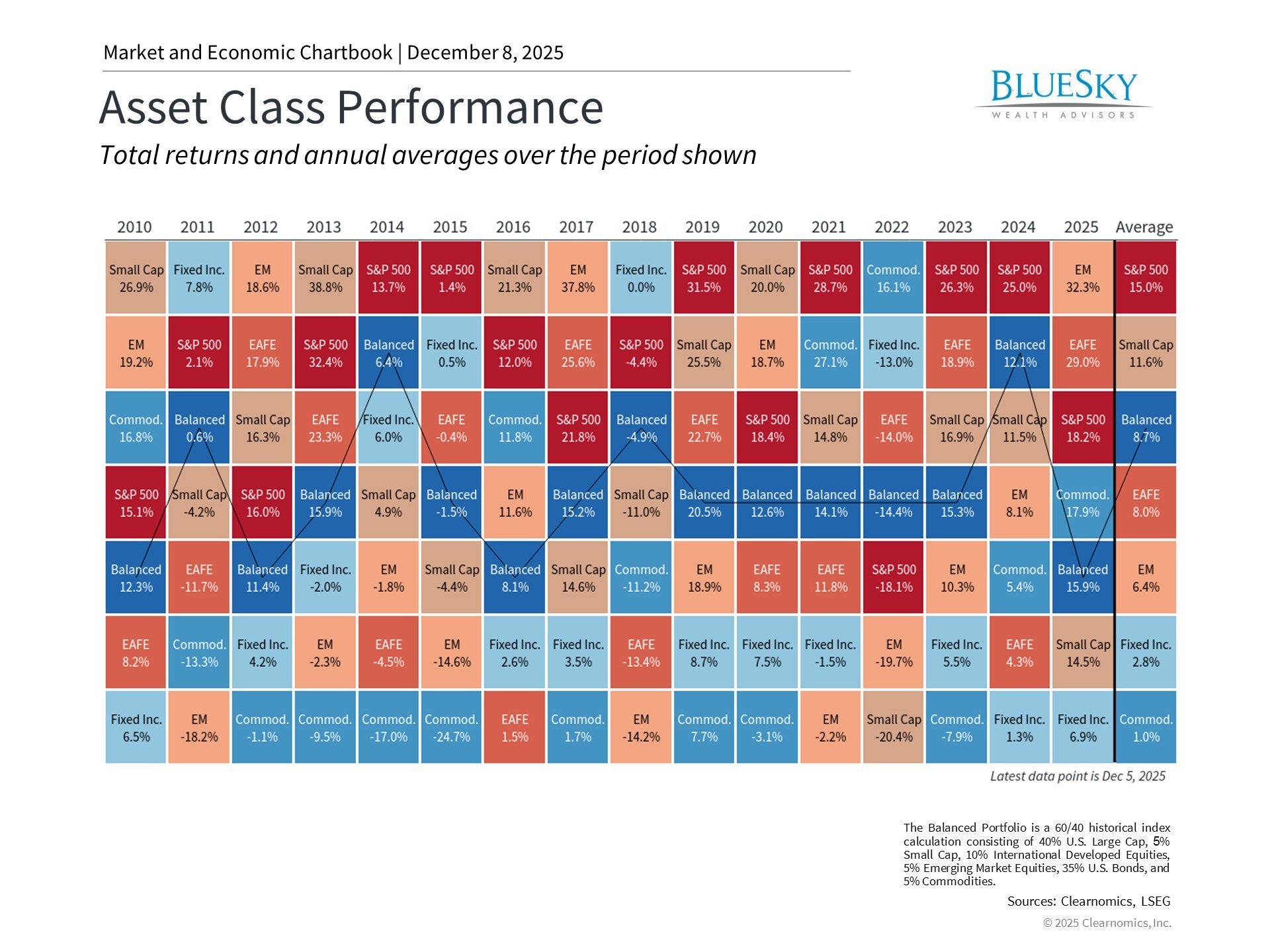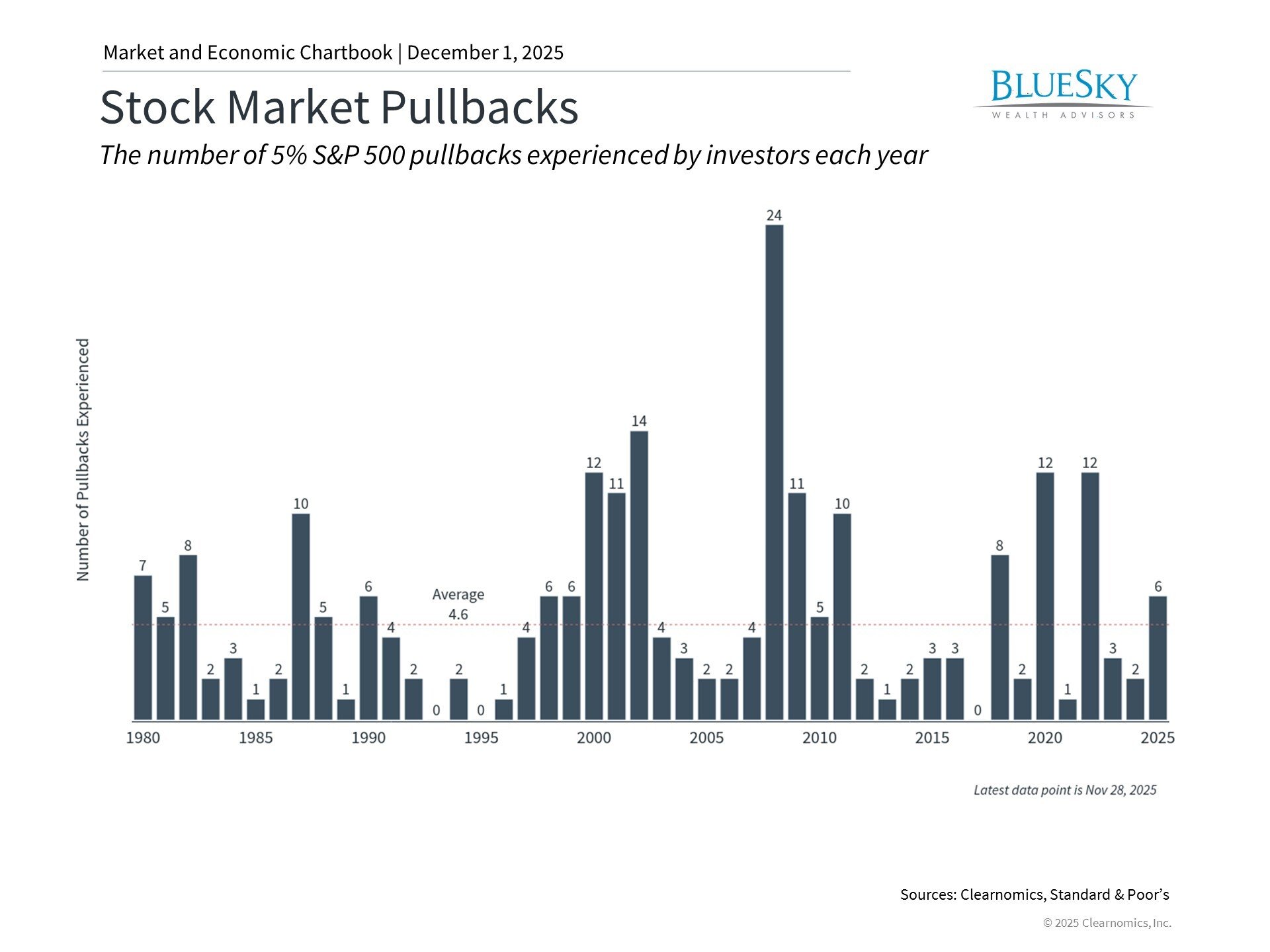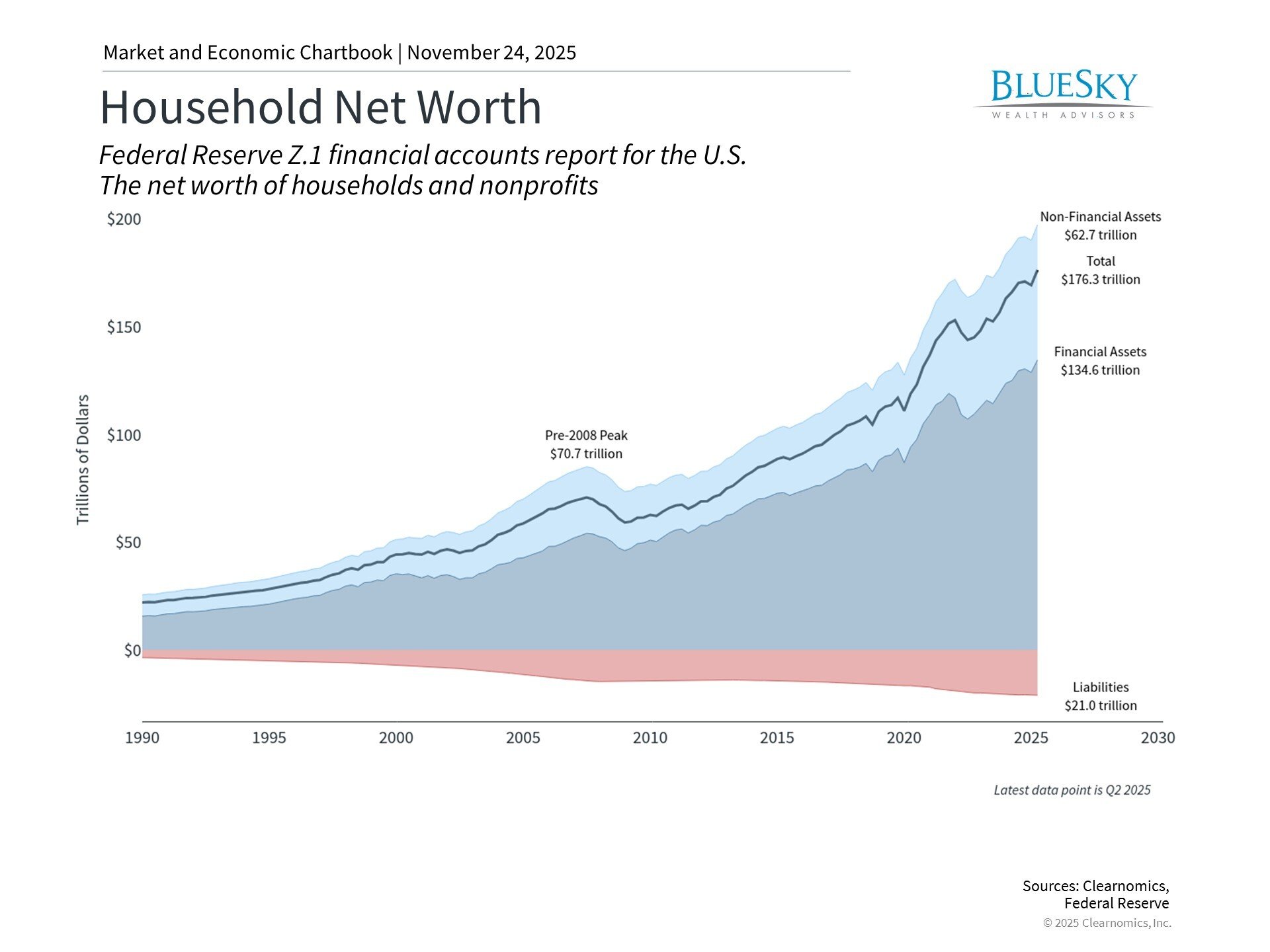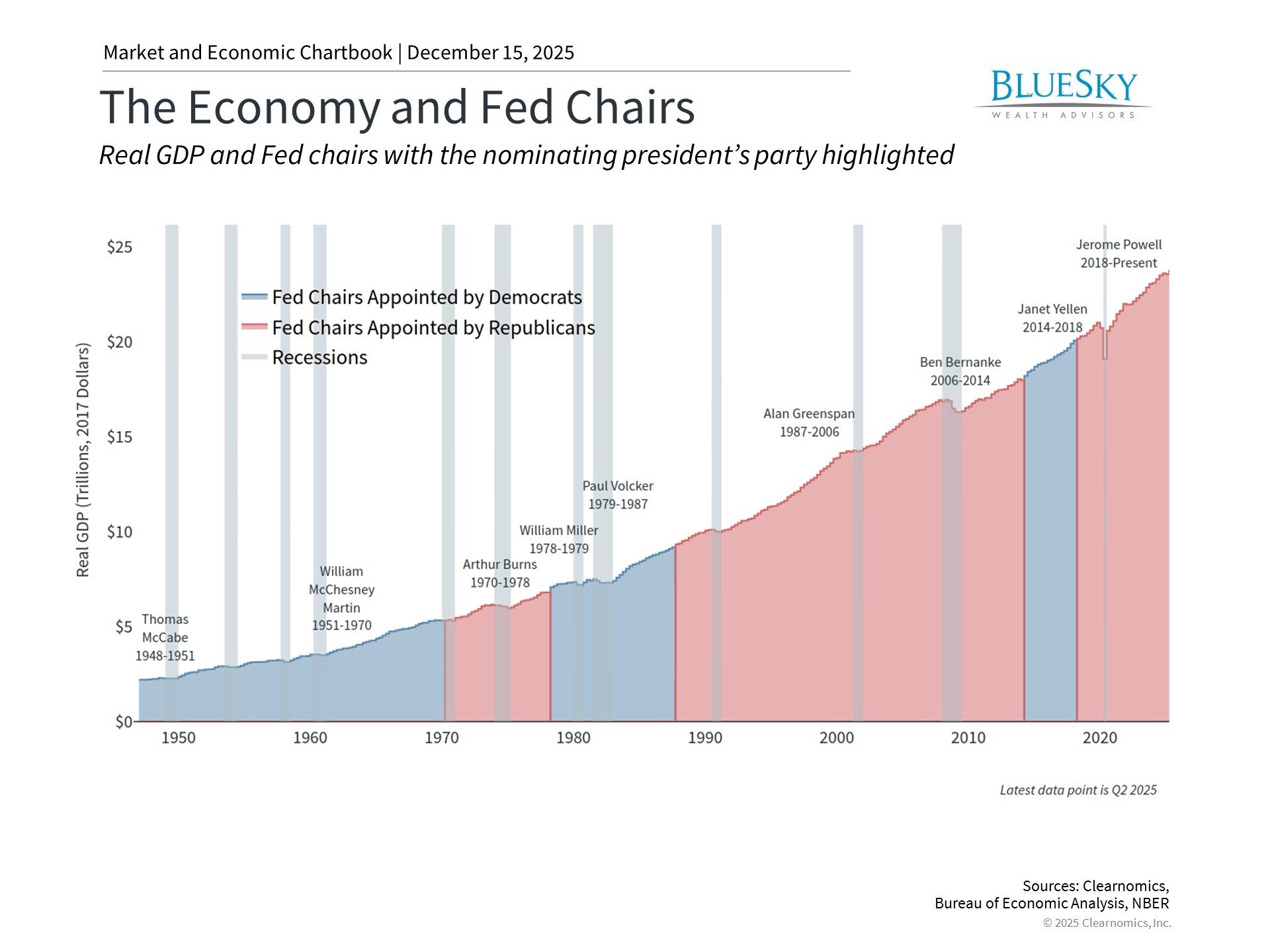
THE COLLAPSE OF SILICON VALLEY BANK & WHAT IT MEANS FOR YOU
THE COLLAPSE OF SILICON VALLEY BANK & WHAT IT MEANS FOR YOU
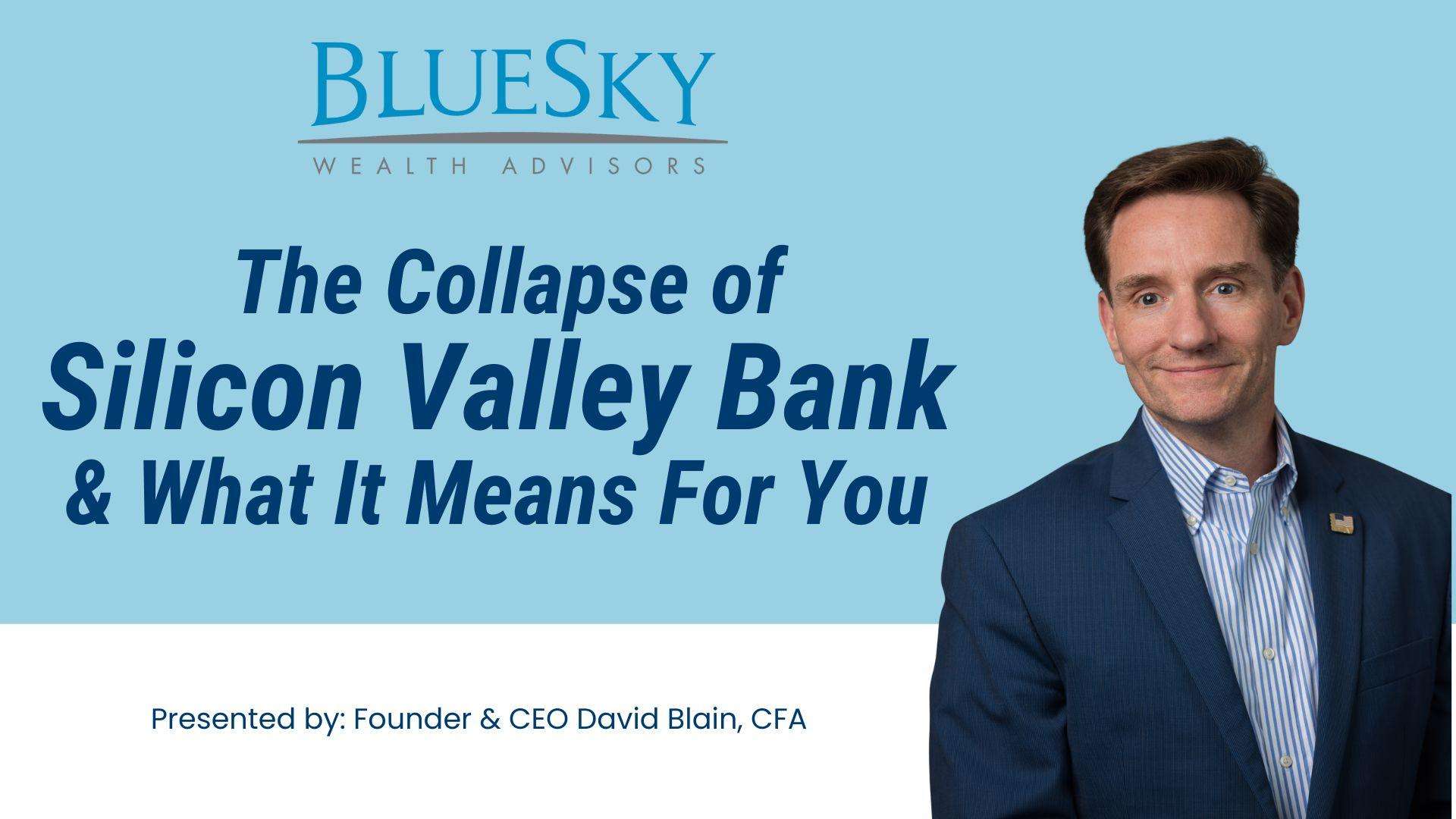
Introduction:
David L. Blain, CFA, CEO of BlueSky Wealth Advisors, and author of “Invest In Your Life, Not Just Your Portfolio,” dives into the details behind why Silicon Valley Bank collapsed last week and what it means for you and your portfolio.
Transcription of David’s video:
Good morning. This is David Blain, CEO of Blue Sky Wealth Advisors. I wanted to come today to you with a message about what’s going on in the markets and the collapse of Silicon Valley Bank last week. As you may have heard, unless you’ve been on vacation in Bora Bora or something last week, depositors tried to withdraw almost $42 billion from Silicon Valley Bank, and the bank collapsed and had to be taken over by the regulators.
This run on the bank was caused by Silicon Valley Bank announcing their fourth quarter earnings. They lost a lot of money and they attempted to sell some of their assets, which kind of created a panic amongst a lot of their customer base. A lot of their customer base, hence the name Silicon Valley Bank, are a lot of startups in Silicon Valley, and the word went out in the tech community to get your money out of the bank — the classic sign of a run on a bank. And they just didn’t have the money to meet the redemption requests of their customers.
Shortly thereafter, Signature Bank, a New York based bank, also failed. Signature Bank, did a lot of work in the crypto arena. Ironically, Signature Bank, one of the board members is a guy by name Barney Frank, who used to be a senator or Congressman Barney Frank from New York, and who helped author the Dodd-Frank Bill after the 2008 crisis, which was designed to prevent some of the problems in 2008. Well, obviously he did not take his own advice, and as a board member of that bank, they also failed.
That’s causing this morning, the markets are down in general, banks especially. Any of the mid-size regional banks are just getting really massive declines, 20, 30, 40% declines in these bank stocks. There’s actually probably a buying opportunity there, but we’ll talk about that a little bit later.
So first of all, why did this happen?
As I’ve said famously many years, I was talking to some people around here this morning at Blue Sky and I forget, to me, 2008 seems like just yesterday, and I was talking to some people this morning and I said, “How old were you in 2008?” And they said, “Oh, I was 12.” Or “I was a junior in high school.” And I forget that that’s a long time ago. And a lot of people didn’t live through that, and maybe the institutional memory is not there.
But we’ve been through this before. In 2008, Washington Mutual was then the largest bank in America to collapse, Silicon Valley Bank last week now the second-largest, Signature Bank the third largest. So I’ve always said, the bank is the worst place to keep your money. And I know that’s funny if you think about it, but the bank does not have your money. Banks operate on what’s called a fractional reserve system, meaning when you put a dollar in the bank, they loan it out.
Not all of it. Depending on the bank and the tier capital, it gets kind of confusing, but suffice to say, they have maybe 10 cents on the dollar of your money. The rest of it is loaned out or they invest it into different businesses. They loan it to businesses. In Silicon Valley Bank’s case, they loaned it to a lot of startups. But they don’t have your money. And so what happens is, what they did with your money, if those loans start going bad or the investments that they made in companies or other bonds start going bad, then they don’t have the capital they need to meet the reserve requirements for when people want their money out, and so they’re forced to sell assets.
If it’s a bad time and they’re selling assets, they may be taking a loss. And that’s what happened with Silicon Valley Bank. The tech sector as a whole started slowing down, a lot of the cash that these companies kept in the Silicon Valley Bank they started needing the cash. They started withdrawing the cash from the bank. Normal business. Tech sector slowing down, taking the money out. Silicon Valley Bank proceeded to sell some of its assets. Ironically, a lot of the assets it had were long-term treasuries and mortgage backed securities.
Now, there’s a huge lesson in here why we don’t invest in long data treasuries. Silicon Valley Bank management failed to match the duration of their investments to the duration of when they would need the money. They were exposed to long-term interest rates, investing in mortgages which are more long-dated. They should have been invested in short-term treasuries, but in their quest to maximize profits, they grabbed for yield. They were stretching for yield, and it burnt them.
So when interest rates started going up, the value of their bonds went down. Then when customers started wanting their money back, they were forced to sell these bonds when the price was down. We talk about this all the time. If you’re investing in bonds, as long as your time horizon, meaning the amount of time at which you may need that money, is longer than the duration or the maturity of your bonds you’ll be fine. In Silicon Valley Bank’s case, they got it backwards. The duration of their bonds was much further out than the timeframe at which their customers needed the money. Hence, the bank failed.
In Signature Bank’s case, well, they were loaning to people in the cryptocurrency industry. I don’t know that I need to say anything more than that was a really dumb thing to do with the money. Cryptocurrency is a nascent industry still trying to figure out its place in the world. It’s not an appropriate place for a bank who’s supposed to be safeguarding the money for the people that put the money into the bank is not a reasonable thing for them to do. So that’s why we got in this situation. Then when Silicon Valley Bank announced that they were losing money, that’s when the panic took place, and that’s always when banks fails, people panic. People were wiring millions and millions of dollars out. I read this morning that there were 37,000 accounts over the FDIC limit of $250,000 per business.
People had millions of uninsured dollars in the bank and they were just yanking it out, billions and billions of dollars on Thursday. Once that starts happening, once the run on the bank, there’s nothing they can do. The regulators step in, hold all withdrawals and have to take over the bank. Now the good thing is on Sunday, the US Treasury announced that they will backstop all deposits, even people that were over the $250,000 limit. While I understand why they did this, and that’s great for all those small businesses that had all their money in there, that sets a really dangerous precedent. We’ll have to explore what that means in the future. But as of right now, it looks like everyone will get their money back, even for people that were not smart and put all the millions of dollars into one bank.
Let’s talk a little bit about protection of someone’s money that they put into a bank.
So there’s something called FDIC insurance, Federal Deposit Insurance Corporation, and that ensures deposits in a bank, a federally insured bank, up to $250,000 per person, per institution. Now it gets really complicated when you start talking about joint accounts and different types of accounts and trusts and things like that. But just suffice to say, basically a business has $250,000 worth of deposit insurance at a bank. Beyond that, as I said, the bank doesn’t have your money. They’ve loaned it out and they don’t have your money. If you go there and everybody tries to withdraw their money at once, that’s what collapses the bank. So $250,000.
Now, what’s neat with technology today, probably some of the same startups that had their money in Silicon Valley Bank, there’s some really cool features out there, services you can sign up for that will automatically move your money around to various banks to make sure that you never go above the FDIC limit. One of them is for individuals called Maximize My Interest. And there are some same things for businesses, treasury management, where you manage the cash balances of your company. And look, some of these companies need a lot of money. You need a place to put money. If you have millions of dollars of payroll, you have to have some place to put that cash. So it’s a big problem.
Next, let’s talk about the brokerage world.
We custody our client’s money at Schwab Institutional. Charles Schwab, very solid company, not caught up in this contagion at all. But money in a brokerage account is completely different from a bank. Now, Schwab does have Schwab Bank. They automatically sweep cash balances into the Schwab Bank. Generally speaking, we never let someone keep more than $250,000 in cash. We’re going to move it into a money market fund. We’re going to move it into a US Treasury. We’re going to move it into an institutional CD, something like that.
But all the investments that someone has is stocks, bonds, mutual funds, things like that held in a brokerage account like Schwab are completely different. You don’t need to worry about the $250,000 limit. That money is yours. They can’t loan your money out without your permission, called a margin account.
Also, there’s something called SIPC, Security Investor Protection Corporation that is for brokerage firms. That is a $500,000 per account insurance, and Schwab in particular has a Lloyds of London excess policy that’s up to like, I don’t know, $150 million in account or something ridiculous like that.
That is in case the brokerage firm fails and your money goes missing. But unlike a bank, that would have to be fraud in order for that to happen. The brokerage firm is not allowed to take your investment that you made and take that and give it to somebody else. It’s supposed to be kept separate, your customers. So there is protection against fraud, but it’s a completely different system than the banking system.
I prefer to keep my large cash balances in Schwab, and I recommend that other people do as well.
Keep it in a brokerage firm where they’re not loaning your money out. Plus, you can make a lot more money, invest in some treasuries, invest in a high quality money market fund. You can make a lot more money, and in my opinion it’s safer. It’s not part of the fractional banking system.
Let’s rewind the clock back to 2008. For those of you weren’t around or weren’t paying attention or don’t remember, Lehman Brothers was a brokerage firm. It was, I don’t know, the fifth or sixth something like that, largest brokerage firm in America. And they had customer accounts just like a Schwab, but they also had their own money. The profits they made from being a brokerage firm they took and they made a bunch of risky investments. A lot in the housing market and things like that.
And so the holding company, Lehman Brothers Holding filed for bankruptcy, went out of business. They did a poor job managing their investments, and they went bankrupt. Their subsidiary Lehman Brothers Brokerage, not a single customer lost a dime. Now, repeat that. Not a single customer in the Lehman Brothers bankruptcy lost a dime. It’s simply other brokerage firms took over those customer accounts were they securities, were they invested in a mutual fund or stocks or bonds or whatever were held in those accounts and no one lost any money.
It’s really, really important. Now, it looks like in this case with Silicon Valley, the federal government is going to backstop all the depositors, but the reality is it’s important that you understand the difference between a bank and a brokerage firm.
So what are the lessons here?
- Number one, if you’re running a bank, make sure that you don’t forget your primary purpose is to be a place where you store customers’ money safely. Don’t invest in risky things. Don’t mismatch your duration. The same thing for individual investors. Don’t get out of control searching for yield. Don’t get out of control searching for return.
Here at Blue Sky we like to stick with tried and true methods of earning long-term steady returns. In the bank’s case they did not do that. They were going after crypto. They were trying to maximize the earnings. So that’s number one. Pay attention to your liabilities, meaning when do you need the money compared to what it’s invested in? If you’re going to buy a house or a car this year, it should not be invested in the stock market. Same thing, the bank they made that mistake. - Number two is to diversify. Silicon Valley Bank was mostly concentrated in startups in Silicon Valley. Now, not all their customers, but they had a heavy concentration in one particular client. Signature Bank in New York had a heavy concentration in cryptocurrency type of firms. So diversify, don’t get overly concentrated.
- And the last lesson from this is just remember the difference between the banking sector and the brokerage sector. They’re different. Don’t panic if you have your money in a Schwab or Fidelity or Vanguard or something like that. They are not like the bank. But do keep an eye on your cash balances at Schwab. Schwab sweeps your cash balances in a brokerage account over to the Schwab Bank.
So we’ll keep you updated on this. Like I said, we’re looking closely at any opportunities here. The market’s definitely down. We like it. It gives buying opportunities. When other people are panicking that’s when I like to perk up. I got that from Warren Buffet. He says, “Be greedy when others are fearful and be fearful when others are greedy.” And people are really fearful right now.
So we want to make sure that we’re staying strong and looking for those opportunities. If you have any questions, feel free to reach out to me or your advisory team here at BlueSky and I hope you have a great rest of the week.

